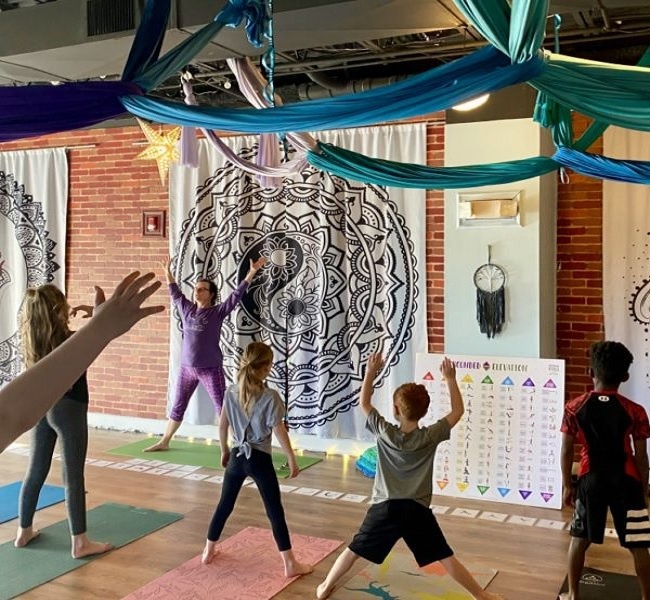Studies show that as many as 70 percent of adults have experienced some trauma.
However, those numbers are even more disheartening for children. According to the most recent study by the National Survey of Children's Health (2016), about 46 percent of children in this country have experienced at least one adverse childhood experience, which can include various forms of trauma.
That’s why trauma yoga training is becoming increasingly important.
How This Type of Yoga Can Help Kids (and Adults) in Need
Trauma-sensitive yoga is tailored to the unique needs of individuals who have experienced trauma by creating a safe and supportive environment that helps participants feel more in control of their bodies and emotions.
Those who have experienced trauma can benefit significantly from this type of yoga, including:
- Improved mental health
- Increased relaxation
- Decreased stress
- Increased feelings of empowerment and control
Instructors needed: Why This Type of Yoga Training is Important
Ever been in a yoga class where the instructor seems to be pushing you beyond your limits?
Or have you felt unsafe and unsupported during a class?
Unfortunately, these things sometimes happen. However, for those who have experienced trauma, a yoga class that’s not sensitive to those needs can be retraumatizing – especially when dealing with children and teens.
That’s why specialized training in trauma-conscious yoga is such a need. Instructors learn how to create a safe and supportive environment for their students so that everyone can feel comfortable and at ease during class.
The range of topics is typically tailored to the needs of those who have experienced trauma. Instructors learn about PTSD and neurological changes that can occur from trauma. Other practical topics like strategies for teaching yoga to children and teens and how to establish a business and promote your services could be covered.
Responsible Teaching
It's crucial to be mindful of the specific needs of your students. Some tips and strategies to teach trauma-sensitive yoga safely and responsibly include:
- Create a safe and supportive environment where students feel comfortable and respected: This can include creating a peaceful atmosphere, providing a sense of privacy, and having an open-door policy.
- Be mindful of your tone and volume when giving instructions and use clear and concise language: Positive affirmations, simple cues, and supportive feedback helps students stay focused, engaged, and less fearful.
- Avoid touch unless explicitly consented to: Remember, times may have drastically changed since the first time you took your first yoga class. Some individuals may have negative associations with physical touch due to past traumas.
- Avoid triggering language and themes: This includes any language seen as dismissive, insensitive, or unsupportive.
- Encourage participants to listen to their bodies: Instructors learn to make sure their students take breaks or modify poses if they feel uncomfortable or overwhelmed.
- Options: Allow participants some control by giving them opportunities and choices regarding poses, breathwork, and mindfulness practices. This can also build confidence and a sense of empowerment among students.
Any type of trauma can be debilitating. Now imagine what it’s like for school-aged children. Specialized trauma yoga training, though, can be the first step toward recovery for those facing trauma, which is why more of these types of instructors are increasingly needed.


No comments yet